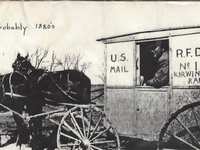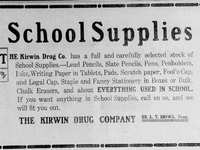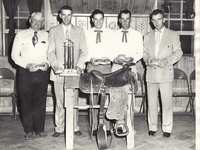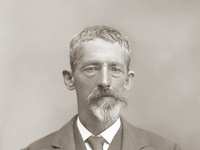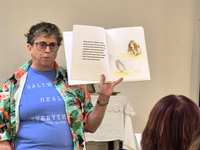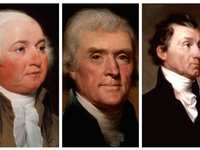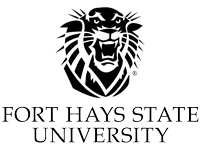- Sections :
- More
Bissell Buzz - September 3, 2025
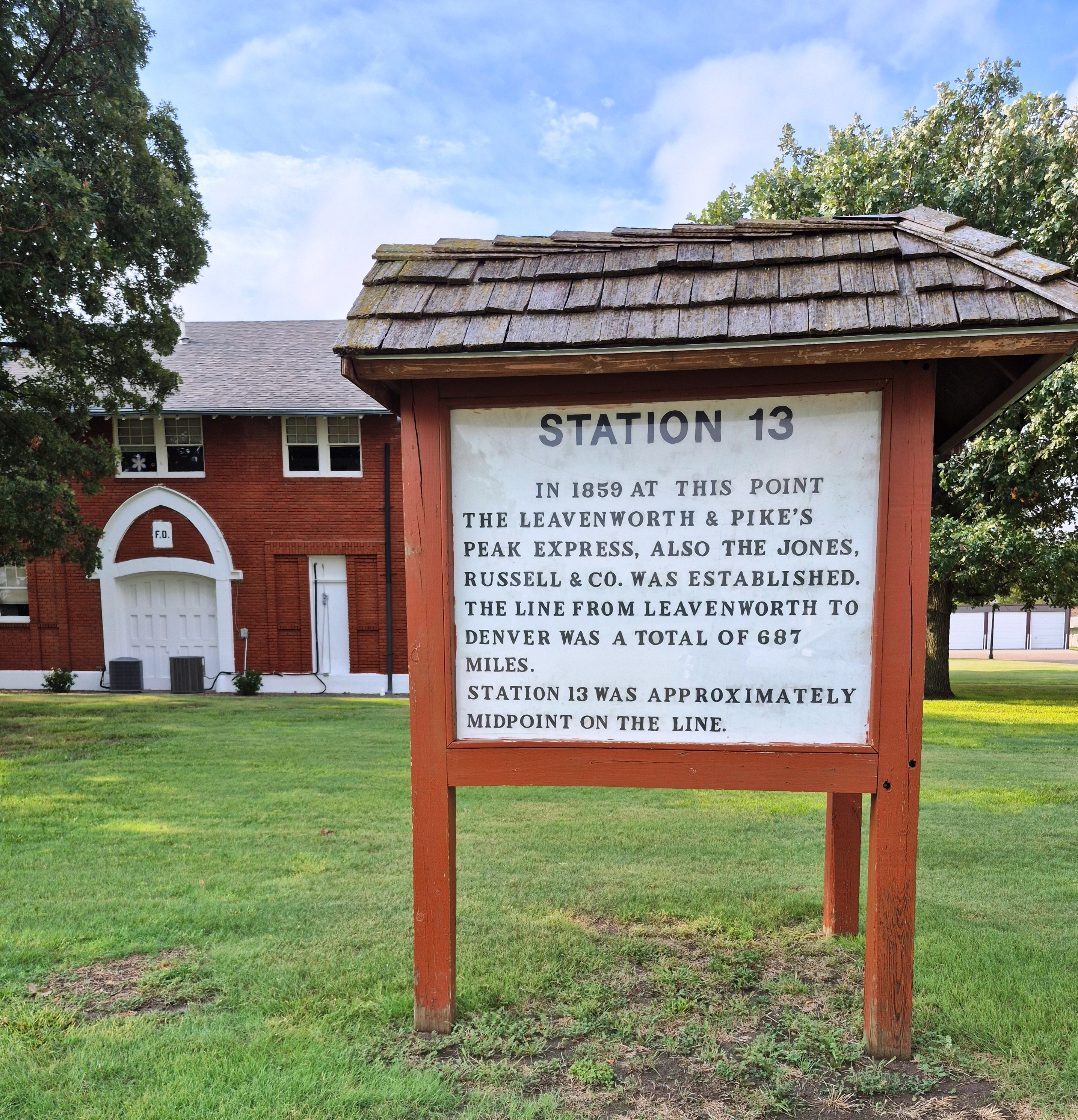
Bissell Buzz
In 1843 John C. Fremont, a federal government pathfinder, crossed the northeast corner of what is now Phillips County, for the purpose of exploring the country west of the Missouri River. There were no other recorded white men trails unto the county until 1859. The first trails followed migrating buffalo herds throughout the region historically known as the Great Buffalo Range. Native peoples used these trails for hundreds of years before settlers arrived. The trails followed the divides between the larger streams, avoiding river crossings wherever possible. French fur traders, gold seekers, buffalo hunters and homesteaders all used these ancient trails.
The discovery of gold in western Kansas territory in 1858, led to the creation of a commercial stagecoach, the Leavenworth and Pike’s Peak Express a year later, which was founded by William H. Russell, John S. Jones and their associates. Over 50 Concord coaches were purchased for the line. Each of these coaches was drawn by four fine Kentucky mules, which were changed at stations established from 20 to 30 miles apart, according to the availability of wood and water.
The first excursion carried passengers, mail and freight from Leavenworth, Kansas to Denver City (then part of Kansas territory). The people of Denver City greeted the arrival of that stagecoach with great joy, as they finally felt connected to the States and civilization.
Station 13 was established at Kirwin, which was approximately the halfway mark of the journey from Leavenworth to Denver, which was a total of 687 miles. The actual site was located close to Kirwin near the junction of Deer Creek and the Solomon River. E.D. Boyd, the stage company’s civil engineer and surveyor, described the creeks and landscape of the area, mentioning chalk cliffs and a table mountain with monuments as a conspicuous landmark.
Station 12 was a little south of the forks of Beaver Creek, about seven miles southwest of present-day Smith Center and Station 14 about 12 miles southeast of present-day Norton and about four miles north of the North Fork of the Solomon River, on the Norton-Phillips county line.
Horace Greeley wrote in his journal at Station 13 on his westward journey through Kansas to the alleged Gold Region at the Eastern base of the Rocky Mountains: “I write in the station tent (having been driven from our wagon by the operation of greasing its wheels, which was found to interfere with the steadiness of my hastily-improvised table), with the buffalo visible on the ridges south and every way but north of us”.
How densely populated the area was with buffalo, can be read into the comments of fellow traveler and correspondent for the Boston Journal, Albert D. Richardson: “At Station 12, where we dined, the carcasses of seven buffalo were half-submerged in the creek. Yesterday, a herd of 3,000 crossed the stream, leaping down the steep banks. A few broke their necks by the fall; others were trampled to death by those pressing on from behind.” At the same time Horace Greeley wrote: “As we left Station 14 this morning and rose from the creek bottom to the high prairie, a great herd of buffalo was seen in and around our road”.
Richardson also documented the presence of prairie dogs: “Today, we have been among prairie-dog towns, passing one more than a mile long. Some of their settlements are said to be 20 miles in length, containing a larger population than any metropolis on the globe… This evening, we supped on his flesh and found it very palatable, resembling that of the squirrel”.
The Leavenworth and Pike’s Peak Express was later re-organized as the Central Overland California and Pikes Peak Express and provided services for the Pony Express. Initially, it followed a shorter route via the Solomon and Republican Rivers, but it was later rerouted along the Platte Valley after the company acquired John Hockaday's mail contract for California. The stagecoaches were very vulnerable to attacks from Indians and Federal troops were sent into the area to strengthen existing strongholds and to build new forts, like the one in Kirwin.
Please note that the museum is now closed for daily visitors, but we are accepting RSVP’s for our October 18 presentation at the Huck Boyd Center for planning and catering purposes as well as seating arrangements. RSVP in one of the following methods: Phone 785-543-6212 (leave a message), email to ftbissell@live.com or on our Facebook page or event page.
We look forward to seeing you at one of our forthcoming events!
Ruby Wiehman – Curator

